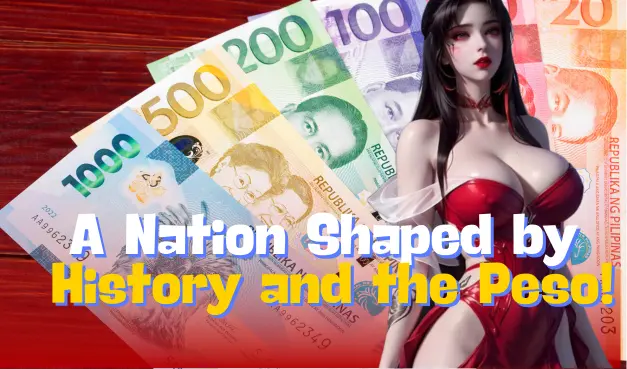Introduction to the Philippines: A Nation Shaped by History and the Peso (₱)
The Philippines, an archipelago nation in Southeast Asia, boasts a rich history intricately linked with its currency, the Philippine peso (₱).

Historical Background
Indigenous Malay settlers initially influenced the Philippines, followed by Spanish colonization in the 16th century, shaping its cultural landscape. After enduring over three centuries of Spanish rule, the Philippines came under American control in 1898 and achieved independence in 1946.
Evolution of the Philippine Peso (₱)
The Philippine peso has evolved significantly over the centuries. Introduced during Spanish colonization as the ₱ fuerte, it became the official currency upon American colonization. It has undergone several reforms and stabilizations to adapt to economic challenges and ensure financial stability.
Cultural and Economic Significance
The Philippine peso serves as a medium of exchange and reflects the country’s economic growth and resilience. The Philippines is a dynamic economy driven by industries such as agriculture, manufacturing, services, and, increasingly, technology and outsourcing.
Conclusion
The Philippine peso is a testament to the Philippines’ journey from its colonial past to a vibrant, independent Southeast Asian nation. As the country grows and diversifies, the ₱ remains a symbol of economic progress and national identity.
This introduction provides a glimpse into the Philippines’ historical and economic development through the lens of its currency. The Philippine (₱). Highlighting its cultural significance and role in the country’s ongoing narrative.







